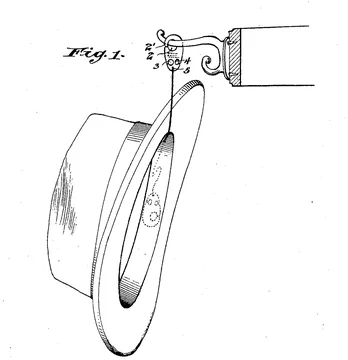
On Friday, Judge Williams resolved a case narrowing dispute in Nexus Pharmaceuticals, Inc. v. Execla Pharma Sciences, LLC, C.A. No. 22-1233-GBW (D. Del.).
The parties disputed the numerical limits for case narrowing. The Court adopted a proposed limit of 4 obviousness combinations per claim, with no more than eight combinations total, and 10 total prior art references. The patentee offered to narrow to 7 asserted claims.
The Court noted that the order was consistent with its precedent, in which it allowed no more than 10 claims, 10 prior art references, and 20 prior art arguments.
The Court also addressed what counts as a "reference." The patentee tried to limit the accused infringer so that every document counts as its own reference, even if the asserted obviousness combination is a prior art device, product, or system itself rather than the documents that describe that system.
The Court rejected that idea, and held that a system is a system, and that it would not impose limits on the number of documents used to describe systems:
"If a device was in public use or on sale before the critical date, then that device becomes a reference under section 103 against the claimed invention." . . . It follows that ["m]ultiple documents that describe a single prior art device count as a single prior art reference." . . . "In this situation, it is the device that is the asserted prior art; the documents are merely evidence to describe it." . . .
Since the law permits multiple documents to describe a single reference, the Court adopts Exela's proposal and defines, for the limited purpose of this action, a "prior art reference" as "a document (e.g., a patent or printed publication) or a prior art instrumentality (such as a product, system, or process)."
Nexus Pharmaceuticals, Inc. v. Execla Pharma Sciences, LLC, C.A. No. 22-1233-GBW (D. Del. Aug. 1, 2025) (quoting Federal Circuit and N.D. Cal. cases).
It makes sense that a single prior art "reference" that is a real product or system might need more than one document to describe it. That's one of several reasons that people often hate having to rely on prior art products. It's easier to show invalidity by clear and convincing evidence when all the evidence is in one simple document.
If you enjoyed this post, consider subscribing to receive free e-mail updates about new posts.





